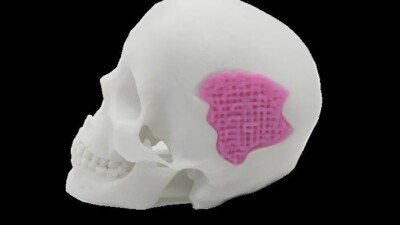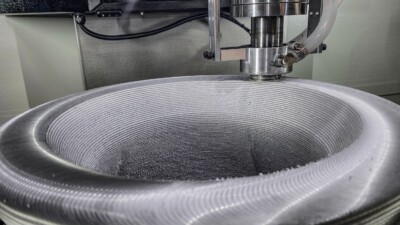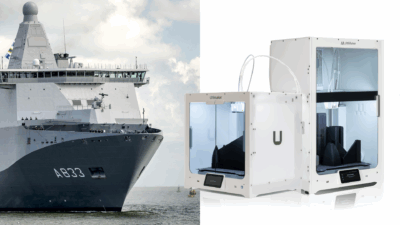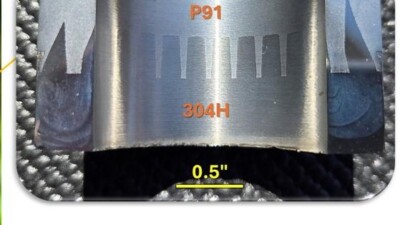Sparse-view irradiation processing reduces computation and printing time by an order of magnitude.
Perhaps the biggest complaint with 3D printing as a production technology is that it just isn’t fast enough to compete with tried-and-true manufacturing processes like injection molding. Speed is the key to success in high-volume applications and (outside of a few niche cases) we just don’t have the cycle times to achieve a wider adoption of additive manufacturing (AM).
However, that objection could soon be weakened as a result of research by engineers at Beihang University in China. They’ve developed a novel approach to volumetric additive manufacturing (VAM), a process that’s similar to vat photopolymerization (VPP) but which involves processing an entire 3D part at once using a dynamically evolving light pattern, rather than point-by-point or layer-by-layer.
Obviously, VAM offers the potential to 3D print parts much faster than VPP but the trade-off is that the computation time to generate the necessary projection sets exceeds the actual fabrication time of the part itself. To address this limitation, the Beihang engineers have proposed what they call sparse-view irradiation processing for VAM or SVIP-VAM. They claim that this approach reduces the required projection data by a factor of 60 and cuts computation time and the total manufacturing process time by a factor of ten.
“The [VAM] printing process itself is fast, but the projection dataset is too large, leading to excessive computational demands and lengthy pre-processing,” said Jiebo Li, Professor in the School of Biological Science and Medical Engineering at Beihang University in a press release. “However, manufacturing structures are not like medical imaging—binary information is sufficient for spatial representation. Do we really need over 1,000 projections for fabrication?”
The reason VAM is so computationally intensive is that it requires multiple projections to be synchronized with the rotation of the resin vat. The proposed SVIP-VAM process reduces the number of required projections for reconstructing structural contours to just eight, supplemented by an optimized irradiation approach called the odd-even mode based on the characteristics of the VAM process and their projection algorithms.
“Sparse-view irradiation leverages the low-entropy nature of VAM, drastically reducing projection computation time,” said principal author Dr. Huiyuan Wang in the same release. “If combined with multi-source sparse projections—such as 15 projection sources—VAM fabrication could proceed without rotation, reaching speeds limited only by radical recombination timescales.”
The research is published in the International Journal of Extreme Manufacturing.



